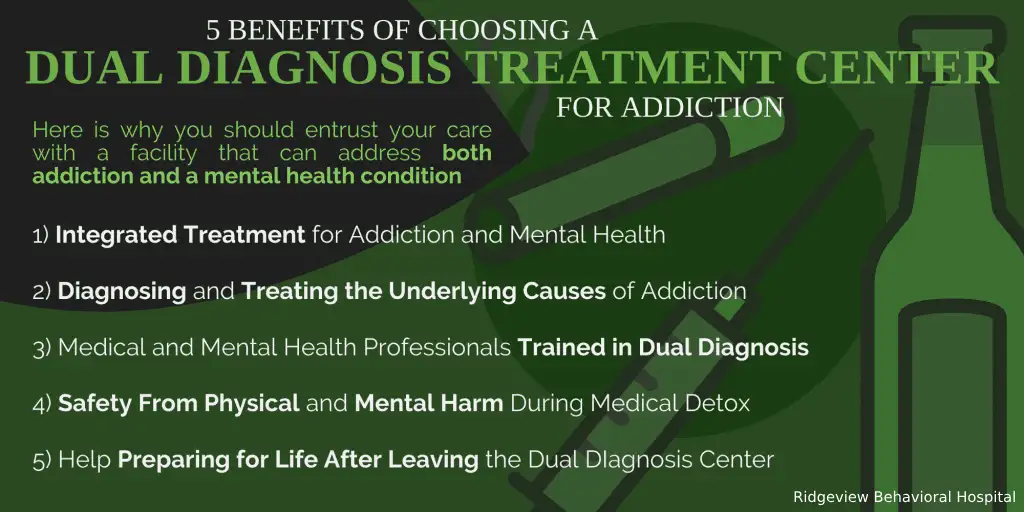In everyday life, some amount of distress or pain is normal. Everyone feels fear, sadness, anger, and other negative emotions. But for most people, these emotions have logical and proportionate causes. When these feelings seem to come from nowhere or be stronger than their cause warrants, it may be due to an emotional trigger.
The list of things that trigger people would go on forever, because mental health triggers are based on each individual’s experience. This can make the process of identifying emotional triggers very complicated. But with some information, practice, and a little help, you can spot your emotional triggers and learn how to manage them.
What Are Emotional Triggers?

“Triggered” Meaning
The term “triggered” is commonly used to describe a strong emotional or psychological response that is provoked by a specific stimulus. Originally rooted in discussions about mental health and conditions like Post-Traumatic Stress Disorder (PTSD), the term has been used to signify that something has sparked a memory, emotion, or symptom related to past trauma or intense experiences. For example, someone with PTSD might be “triggered” by loud noises, bringing back distressing memories of a traumatic event. In a therapeutic context, understanding triggers is crucial for managing symptoms and developing coping strategies.
However, the term has also evolved to take on a broader cultural meaning, sometimes used more casually to indicate that someone is deeply offended or extremely irritated by a statement, action, or situation. This colloquial usage has led to some debate, as it can trivialize the serious nature of psychological triggers in mental health discussions. The term can be used in various contexts, ranging from social media discussions to clinical mental health settings, making its meaning somewhat dependent on the context in which it is used.
Emotional triggers, also called mental health triggers or psychological triggers, are things (e.g. memories, objects, people) that spark intense negative emotions. This change in emotions can be abrupt, and in most cases it will feel more severe than what the trigger would logically call for.
For example, an emotional trigger for someone might be public speaking. When asked to give a presentation at work, they may start to experience symptoms like:
- – Dizziness
- – Chest pain
- – Rapid heart rate
- – Nausea
- – Shaking
- – Anger
- – Anxiety
- – Sadness
Depending on which symptoms the individual feels, they may have one of several types of mental health triggers. This emotional triggers list includes:
- – Anxiety Triggers: These are emotional triggers that are rooted in panic and stress. They are characterized by anxiety or nervousness that seems to come from nowhere and is centered around the trigger. In many cases, anxiety triggers coincide with anxiety disorders.
- – Trauma Triggers: Trauma triggers are most often associated with post-traumatic stress. For many people, they may consciously or unconsciously avoid situations that may trigger them. This is known as an avoidance behavior, and it is a coping mechanism that works in the short term, but does not allow for healing in the long term.
- – Anger Triggers: Sometimes, individuals find themselves irrationally angry about a situation or an object. This is a key sign of an anger trigger, and it can take a lot of work to tame down this emotional response.
Now that we have an understanding of what a mental health trigger is, let’s delve into how to identify emotional triggers.
Identifying Psychological Triggers
For most people, identifying triggers takes a lot of time and introspection. However, there are certain steps that you can take to get you on the way to identifying triggers in your life. Bear in mind that you may only have one, but it’s not unheard of for individuals to have multiple triggers, or even different types of triggers. Regardless of the type of trigger or its cause, identifying it is the first step in getting help for it.
1. Identify Your Responses
Identifying a trigger is hard. But it’s much easier to take stock of what you feel in the moment. When you feel yourself becoming overwhelmed by powerful emotions, take stock of what you’re experiencing. Do you feel angry, or sad, or jealous? What about physical signs—is your heart pounding, are you breathing quickly, etc.?
By examining what you’re feeling (both physically and mentally), it will be easier to identify what the triggering event was.
2. Retrace Your Steps

Once you’ve taken stock of your emotions, try to walk back through what led you to that situation. What were you doing before you got so upset? Was there a particular moment where you could feel the negative emotions coming on?
If you can, try to consider the situation and think about what would have made you upset. Oftentimes triggers are rooted in past experiences and traumas, so it’s okay if the triggering event doesn’t “make sense.” Maybe you were driving to work and got a sudden reminder of an accident. It can be anything, so do your best to identify what about the situation made you unhappy.
3. Repeat the Cycle
Don’t feel discouraged if you can’t identify a trigger on the first try. These feelings are often complicated, and it’s not a failure to require multiple attempts to spot a psychological trigger. Many people get discouraged, but know that you can identify these feelings, even it doesn’t happen right away.
If you’ve gone through this process several times and still struggle to identify emotional triggers, you may benefit from professional mental health care. Keep reading to learn how mental health professionals can help you identify mental health triggers in your life.
Getting Professional Help in Ohio
If you’re still struggling with identifying emotional triggers, consider attending a mental health treatment program. Inpatient programming can be a great way to assess your emotions because it separates you from the stressors of everyday life. This, combined with mental health care from licensed professionals, can be a big help in understanding complex emotions and working through past traumas.
Moreover, psychological triggers often coincide with mental health conditions. Working through these issues in a space that’s focused on mental health can lead to a mental health diagnosis, which can help you better understand your own needs and what you need to do to lead a happy and healthy life.
Identifying psychological triggers involves several steps:
- Identify Your Responses: Pay attention to your emotional and physical reactions when you feel overwhelmed. Note feelings like anger, sadness, or physical symptoms like a pounding heart or rapid breathing.
- Retrace Your Steps: Reflect on what led to these emotions. Analyze your activities and surroundings prior to the onset of these feelings to identify potential triggers.
- Repeat the Cycle: Understanding triggers can be complex and may require multiple attempts. If the process is challenging, consider seeking professional mental health care to assist in identifying and managing these triggers.
An emotional trigger is a type of psychological trigger that specifically evokes an intense emotional response. This reaction can be sudden and usually feels more severe than what the trigger logically warrants. Common emotional triggers include public speaking or certain social situations, leading to symptoms like dizziness, rapid heart rate, nausea, anger, or anxiety.
Being triggered means having an intense emotional or psychological reaction due to an external factor, typically associated with recalling a traumatic event or experiencing a reminder of past distress. It can manifest as sudden anxiety, sadness, anger, or other emotional responses.
The term “triggered” refers to experiencing a strong emotional or psychological response that is set off by a specific external stimulus. In the context of mental health, being triggered often relates to an emotional, symptomatic, or memory-based reaction tied to past trauma or intense experiences.
Triggers, also known as emotional or mental health triggers, are stimuli like memories, objects, or people that spark intense negative emotions. These triggers can lead to a sudden and often disproportionate emotional response compared to the stimulus.





















